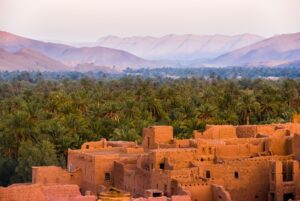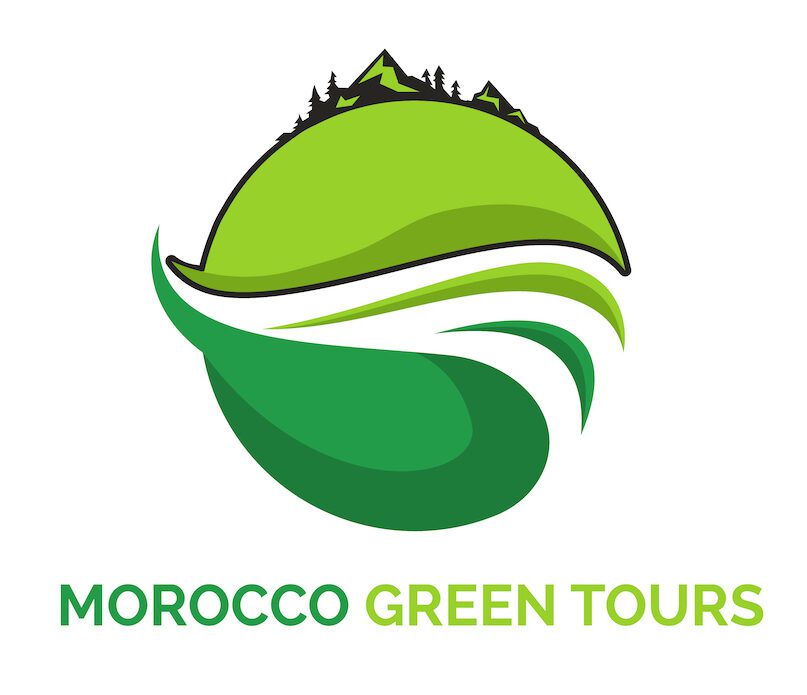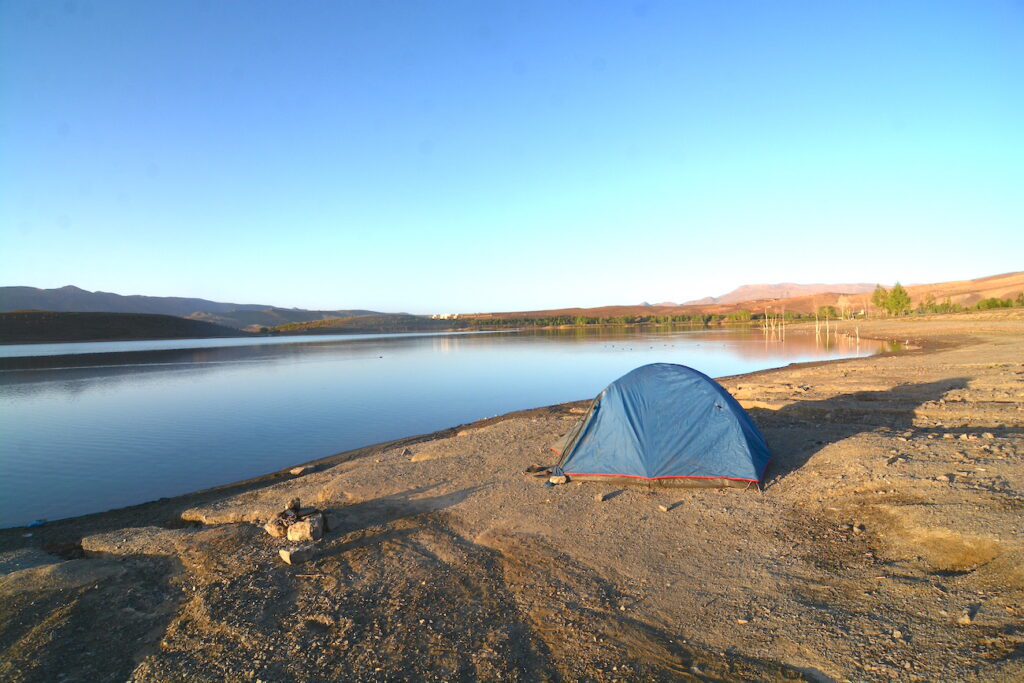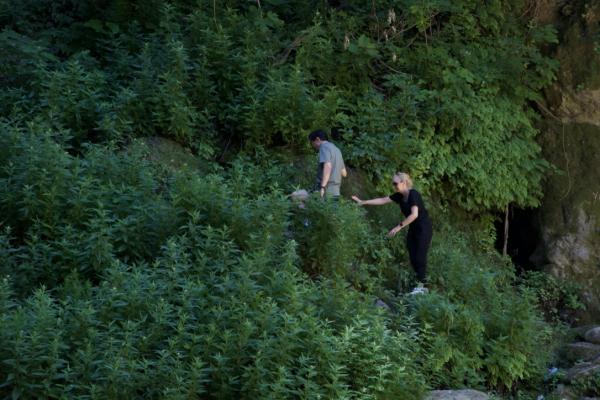Draa Valley: A Journey Through Morocco’s Palm Groves and Oases
Travelers looking for a true Moroccan experience are drawn to the enchanting Draa Valley, which is tucked away between the Atlas Mountains and the Sahara Desert. This 100-kilometer-long ancient valley is well-known for its vibrant oases, traditional kasbahs, and verdant palm groves. Traveling through the Draa Valley provides an enthralling look into Morocco’s breathtaking scenery, rich cultural legacy, and enduring appeal of its desert communities.
Historical Importance:
Historically, the Draa Valley has been an important caravan route connecting the northern cities of Marrakech to the sub-Saharan regions of the country. For centuries, this route was traveled by traders, nomads, and merchants who brought goods and cultural influences that helped to shape the area. This rich history is preserved in the valley, which is home to numerous ancient ksour (granaries), fortified settlements, and historic kasbahs.
Oases and Palm Groves:
Date palms that reach as far as the eye can see in the Draa Valley are well known for their vast palm groves, which create a lush contrast to the dry surroundings. In addition to providing a beautiful backdrop, these palm groves are an essential source of food for the nearby communities. In the valley, growing dates has been a tradition, and many families make their living from the harvest of dates.
The verdant oases that dot the Draa Valley’s terrain are among its most recognizable features. These lush oases of biodiversity flourish beside the Draa River, offering rich soil for a range of crops, including vegetables, barley, and wheat. The oases bear witness to the ingenuity of the indigenous population, who have adeptly adapted to the semi-arid climate using water exploitation.
Ksour and Kasbahs:

The striking kasbahs, traditional Moroccan fortresses that were formerly the residences of local rulers or affluent families, are dotted throughout the Draa Valley. These earthen buildings, which are frequently decorated with elaborate geometric designs, highlight the unique architectural style of the area. When tourists visit kasbahs like Kasbah Tamnougalt and Kasbah Ait Ben Haddou, they can travel back in time and imagine what it was like for the people who lived there in the past.
The ancient, ksour granaries that were used to store valuables and grains are equally fascinating. Since many of these ksour have been preserved, we can get an idea of the architectural skill of the communities who formerly depended on them for survival.
Interactions Across Cultures:
Traveling through the Draa Valley offers more than just a visual treat—it’s a chance to experience the friendly hospitality of the nearby Berber communities. In authentic conversations with the locals, mint tea is served elegantly during traditional tea ceremonies, which are open to visitors. The Amazigh Berber people welcome visitors into their homes and provide an authentic and engaging experience with their colorful attire and fine craftsmanship.
Adventure and Trekking:
Trekking and exploring are two of the more active activities available in the Draa Valley for your Sustainable traveling in Morocco. Hikers and lovers of the outdoors can enjoy a breathtaking backdrop provided by the nearby mountains. Another well-liked activity is guided camel treks through the desert dunes, which let visitors experience the remoteness and open spaces of the Sahara with the assistance of experienced local guides.
Trekking paths in the Draa Valley provide a variety of experiences, ranging from easy strolls through palm groves to strenuous climbs up the rough Atlas Mountain slopes. The Draa Valley Circuit is a well-liked trekking path that passes through a range of environments, such as lush oases, mountain passes, and desert plateaus. Trekkers can encounter nomadic communities, see traditional Berber villages, and take in expansive views of the valley below.
Adventure seekers congregate around the Draa River, which serves as a vital conduit for the valley’s communities. The bike following the Draa River offers a distinct viewpoint of the valley, enabling guests to admire its scenic splendor from an alternative angle. It’s the perfect activity for people looking for a more challenging adventure because of the tranquil atmosphere created by the mountains and the surrounding palm groves and historic kasbahs.
Architectural Wonders and Historical Kasbahs:
Some of Morocco’s most famous kasbahs, each with a distinct history and architectural charm of their own, can be found in the Draa Valley. Near Agdz, Kasbah Tamnougalt is a well-preserved fortress that provides insight into the lives of its previous occupants. The Kasbah is a maze-like system of courtyards, alleyways, and chambers furnished with customary Berber ceramics and rugs.
The breathtaking red-earth architecture of Kasbah Ait Ben Haddou, a UNESCO World Heritage Site, is another architectural wonder that enthralls tourists. This historic kasbah has served as the setting for multiple motion pictures, such as “Game of Thrones” and “Gladiator.” The warm colors of the kasbah create a captivating scene as the sun sets, illuminating the surrounding area in a golden glow.
An essential component of the architectural legacy of the Draa Valley is the Ksours or granaries. These ancient buildings, with their unique designs and well-chosen sites, functioned as grain and valuable goods storage facilities. Ksar Ouled Soltane, which is close to Tamegroute, is well known for its well-preserved granaries, which offer insight into the historical agricultural methods of the area.
Culinary Delights:
A visit to the Draa Valley would not be complete without sampling some of the delectable cuisine the area has to offer. Moroccan flavors are reflected in the regional cuisine, which emphasizes slow-cooked tagines, aromatic spices, and, of course, the delectable sweet treat of dates. Experience the rich flavors and textures of Moroccan cuisine with traditional Berber meals, which are typically shared with others. Travelers will find this to be a sensory feast.
Dates are especially prized from the Draa Valley; they are harvested in large quantities in the fall. Vibrant displays of dried fruits, aromatic spices, and fresh dates bring life to the local markets. Travelers can experience a range of date varieties, from the succulent Medjool dates to the smaller and sweeter Deglet Noor dates, each with a distinct flavor profile.
Souks, or local markets, offer an abundance of gastronomic delights. The markets in the Draa Valley provide a window into the diverse range of Moroccan flavors, featuring everything from olives and preserved lemons to freshly made couscous and aromatic spices. To become experts at making real Moroccan food, guests can interact with neighborhood vendors, study traditional cooking methods, and even take part in interactive cooking classes.
Traditional Crafts and Artistry at Draa Valley:
The Draa Valley is a center for traditional arts and crafts, where regional artists continue to use age-old methods that have been handed down through the generations. The area is well known for its exquisite metalwork, rugs, and ceramics. The Draa River town of Tamegroute is well-known for its unusual green pottery, which is made using a special glazing technique that has been kept a closely guarded secret for centuries.
The Draa Valley is home to thriving carpet-weaving communities, where women employ traditional looms to expertly weave colorful carpets. Every carpet has a narrative to tell, with motifs and patterns that represent the weaver’s experiences and cultural background. Visitors have the chance to go to




